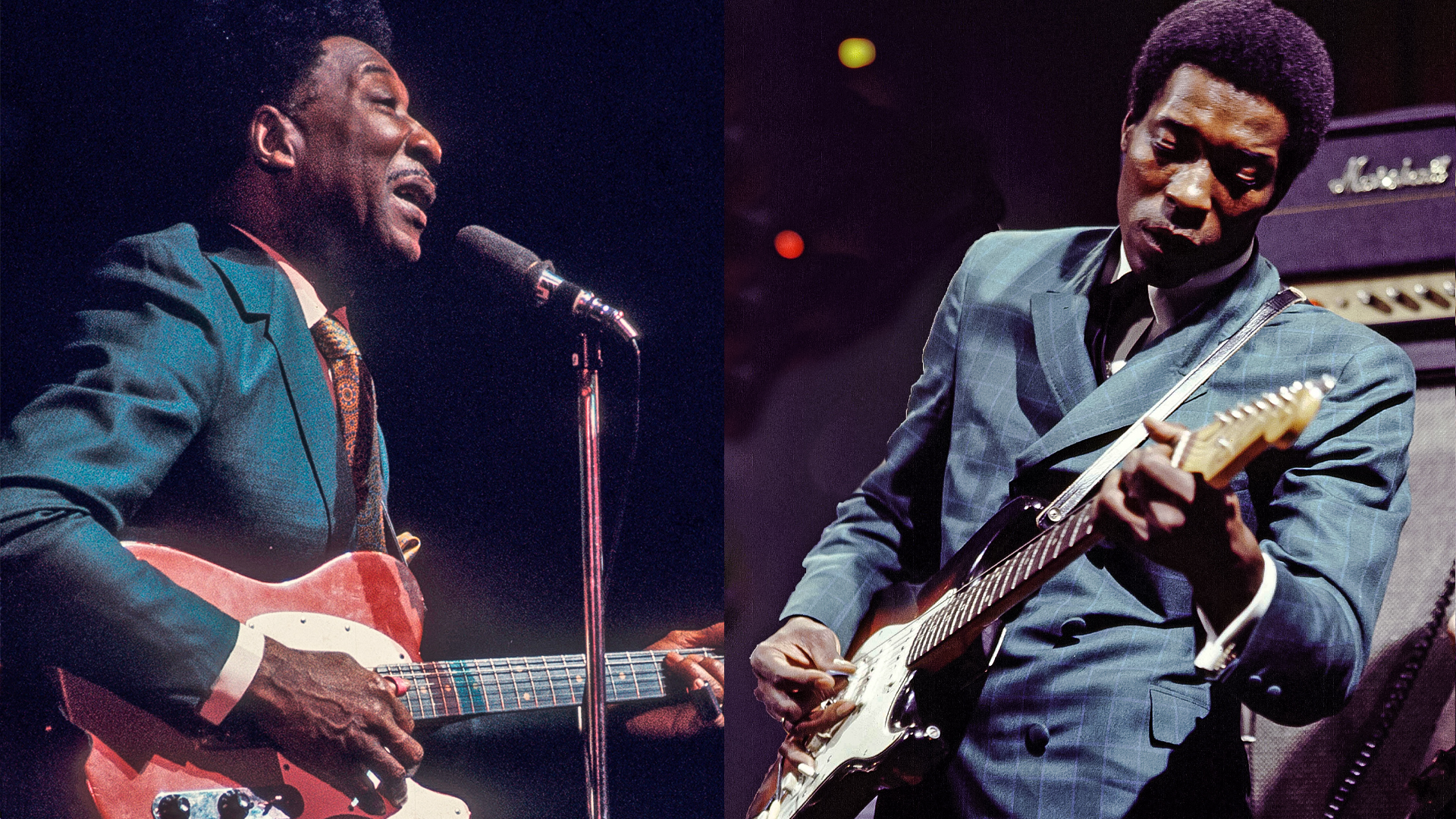Ian Anderson on the Genesis of Jethro Tull's 'Aqualung'
Jethro Tull's flute and guitar-toting frontman on what inspired the band's breakthrough LP, and why – contrary to popular belief – it isn't a concept album.

As part of our prog special issue, we took a look back at Jethro Tull's landmark album, Aqualung, which this year celebrates its 50th anniversary.
Here, the band's legendary frontman, Ian Anderson, discusses the album's genesis, and the inspiration behind a couple of its most enduring tracks.
’“Aqualung marks the point at which I had the confidence as a songwriter and as a guitar player to actually pick up and play the guitar and be at the forefront of the band.
"It’s also the album on which I began to address religious issues in my music, and I think that happened simply because the time was right for it. Addressing religious issues in simplistic pop-rock terms was permissible then. I’d have to disguise some of those sentiments to make it pass muster today.
“Aqualung wasn’t a concept album, although a lot of people thought so. The idea came about from a photograph my wife at the time took of a tramp in London. I had feelings of guilt about the homeless, as well as fear and insecurity with people like that who seem a little scary. And I suppose all of that was combined with a slightly romanticized picture of the person who is homeless but yet a free spirit, who either won’t or can’t join in society’s proscribed formats.
“So from that photograph and those sentiments, I began writing the words to ‘Aqualung.’ I can remember sitting in a hotel room in L.A., working out the chord structure for the verses. It’s quite a tortured tangle of chords, but it was meant to really drag you here and there, and then set you down into the more gentle acoustic section of the song.
“With ‘Locomotive Breath,’ I knew I wanted a song about a runaway train, where things are going out of control and you can’t get off the train. It’s safe to say that kind of situation mirrored an aspect of the band’s life at the time, what with all the touring we were doing.
All the latest guitar news, interviews, lessons, reviews, deals and more, direct to your inbox!
"We actually had to record Aqualung in a rather short time between tours, so it was done very quickly. Island Studios had just opened up, and it was a shakedown period for the studio; there were a lot of technical problems. Adding to them, the band was having problems recording ‘Locomotive Breath.’ We just couldn’t get the feeling, and I was failing to convey to the band what the song was about and how it should work.
"So I went out and played high-hat and bass drum for four minutes to lay down a rhythm track. This was in the days before drum machines and sequencers. Then I played an acoustic guitar part and some electric guitar parts, and then we tacked on John Evans’ piano intro at the front of it, and the others overdubbed their parts onto mine.
"So nobody actually played on that track at the same time, but it’s not a bad performance whatsoever. That was the only time we ever did anything like that back then.”
Guitar Player is the world’s most comprehensive, trusted and insightful guitar publication for passionate guitarists and active musicians of all ages. Guitar Player magazine is published 13 times a year in print and digital formats. The magazine was established in 1967 and is the world's oldest guitar magazine. When "Guitar Player Staff" is credited as the author, it's usually because more than one author on the team has created the story.
